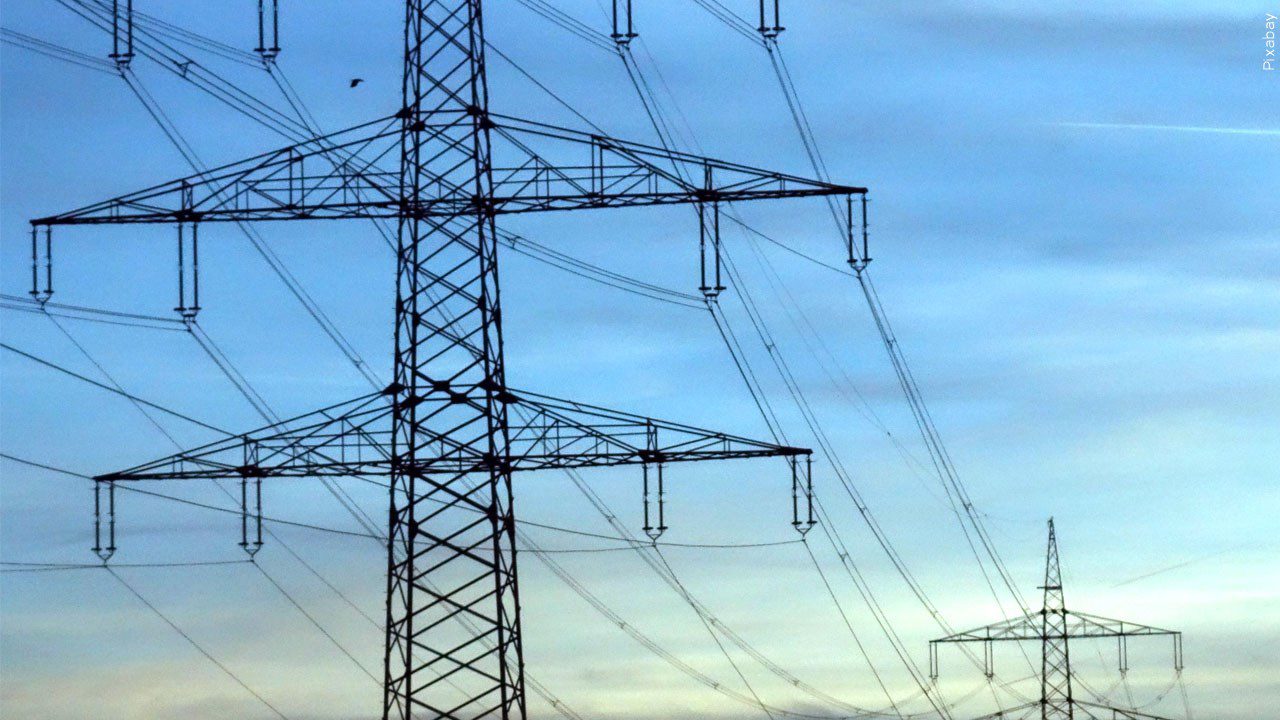Getting ready for carbon-free by 2040: Public Utilities Commission approves Duluth Loop transmission project

(MGN)
On Thursday, the Minnesota Public Utilities Commission approved Minnesota Power’s Duluth Loop Reliability Project, which includes 14 miles of new transmission lines and upgrades to infrastructure and substations.
As Minnesota Power transitions away from reliance on coal to lower carbon emitting sources of energy, they say these transmission system improvements are necessary to deliver reliable energy.
“It was clear during our discussion that the Duluth area transmission system must be upgraded to maintain a continuous supply of safe and reliable electricity,” said Commissioner John Tuma. “We anticipate seeing a lot more transmission projects across Minnesota over the coming months and years as utilities move toward the requirement to be carbon-free by 2040.”
The Duluth Loop Reliability Project includes:
- Approximately 14 miles of new 115 kV transmission line between the Ridgeview, Haines Road, and Hilltop substations
- One-mile extension connecting an existing 230 kV transmission line to the Arrowhead substation
- Upgrades to the Ridgeview, Hilltop, Haines Road, and Arrowhead substations
- Reconfiguration, rebuild, and upgrade to existing transmission lines and communications infrastructure in the project area
At Thursday’s meeting, the Commission heard from stakeholders on environmental impacts from the proposed project.
In their decision the commission made the following recommendations to ensure enhanced environmental protections are in place:
- Complete a Vegetation Management Plan prior to construction.
- Use wildlife-friendly erosion control measures during construction.
- Coordinate with the Department of Natural Resources to mitigate impacts to Keene Creek, a designated trout steam, as well as protecting the Blanding’s Turtle.
- Approved an Independent Third-Party Monitor to oversee compliance with the permit conditions during construction and restoration activities.
Construction will begin in 2023 and is anticipated to be operational in 2025.